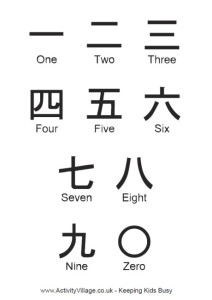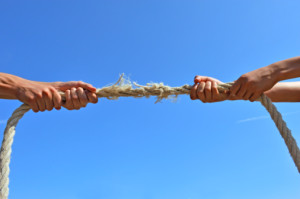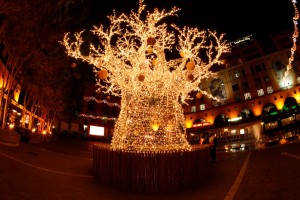I was living in Amsterdam, and as part of my Dutch language learning practicum I was assigned to an office job at the national headquarters of the Salvation Army. Every morning, somewhere around 10:00, the coffee and tea lady would arrive at our office with her cart and serve us a proper cup of our choice, accompanied by a cookie. (Cultural note: NEVER take more than one cookie at a time in Holland!) Every person in the office would stop what he or she was doing and we would sit in a circle to enjoy our coffee break. And no paper or styrofoam cups, thank you -- only porcelain. We did a concert tour in Sweden around the same time period, and quickly fell in love with fika, a hallowed coffee break tradition. In our case, it was often served to us late at night after the concert, but it is a regular part of the Swedish daily routine, often observed more than once in the day.
When in my home away from home, French-speaking Switzerland, I stay with my dear friends and partners in [musical] crime, François and Christine. Every day, whether we're working together in their home studio or each one working individually, we gather at the kitchen table for mid-morning AND mid-afternoon coffee. (Again, tea in my case. You'd think by now and with all my travels I would have learned to like coffee. Nope.) And since it's Switzerland, after all, there is often a bite or two of chocolate. (If I ate as much Swiss chocolate as I wanted, I wouldn't fit through their front door.)
What has had a most lasting impression on my wife and me, however, has been our relationship with our dear friends from New Zealand, Neil and Jill. We were colleagues in Amsterdam, and they even lived with us for a few months while waiting for an apartment to open up in the same complex. Whether at home or at the office, it was hardwired into them to stop (key word: "stop") for coffee or tea: coffee mid-morning and tea mid-afternoon (or maybe vice versa). And sure enough, during our visit to New Zealand in January 2015, the only way their tradition had changed was that now they were drinking high-end, artisan coffee, a la flat white.
In fact, in most countries we have visited, there is a coffee or tea break tradition of some kind. "Elevenses" and cream tea come to mind in the UK, "la merienda" in Spanish-speaking countries, Gabelfrüstück in Austria, and so on. In many of these traditions, the coffee or tea is accompanied by a baked snack of some kind -- cookies, cakes, rolls, etc.
In the US, it's not as if coffee has no place -- on the contrary. But it seems the coffee break is an endangered species. How often do you find yourself pressing the pause button in your work, making or buying a cup of java or tea, and actually sitting with someone else to enjoy it? More than likely, we're on our smartphones while caffeinating. Or, in the case of yours truly, we just keep working at our computer with coffee (tea for me) in arm's reach.
What if we started a movement to bring back the coffee break as an important part of our day? In the US, companies are required to pay employees for a 15-minute break twice a day. (If this is inaccurate or has changed, someone let me know. I'm in academia.)
Tell us about a coffee break tradition that is special to you! Would you like to see the return of the real coffee break?














![50_marche_noel_Strasbourg[1]](https://images.squarespace-cdn.com/content/v1/5a7b77f68fd4d23f09ae41b8/1518048687812-OKVHKNOX5NDCP907IW8K/50_marche_noel_Strasbourg1-300x234.jpg)






















